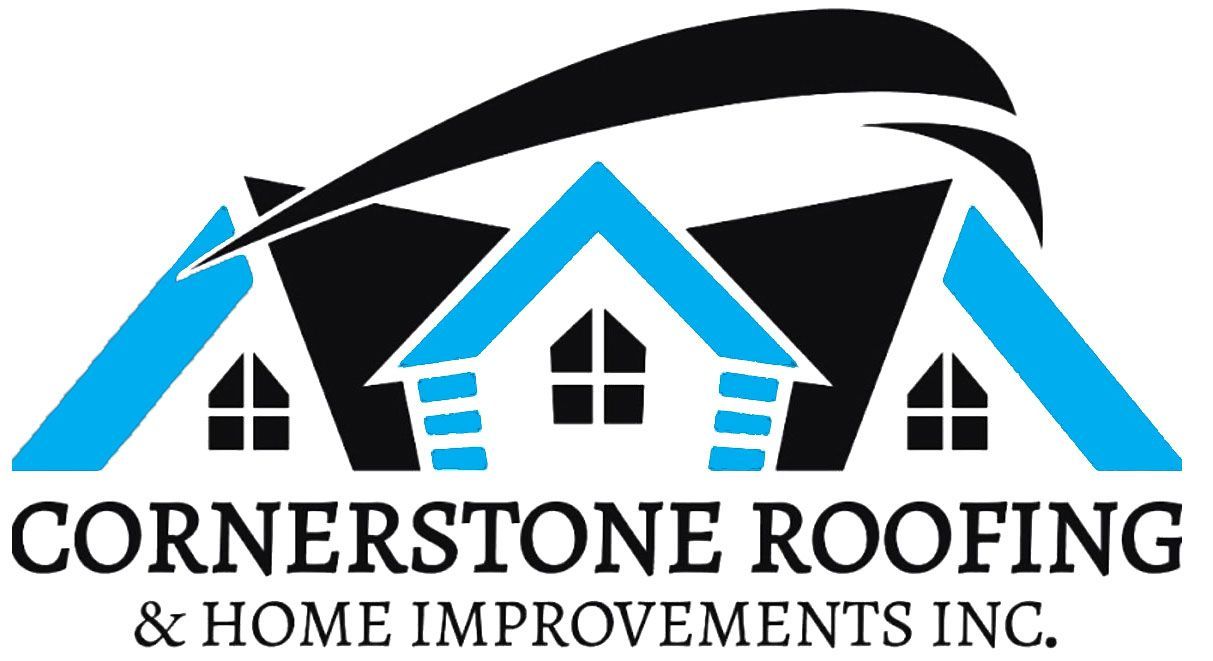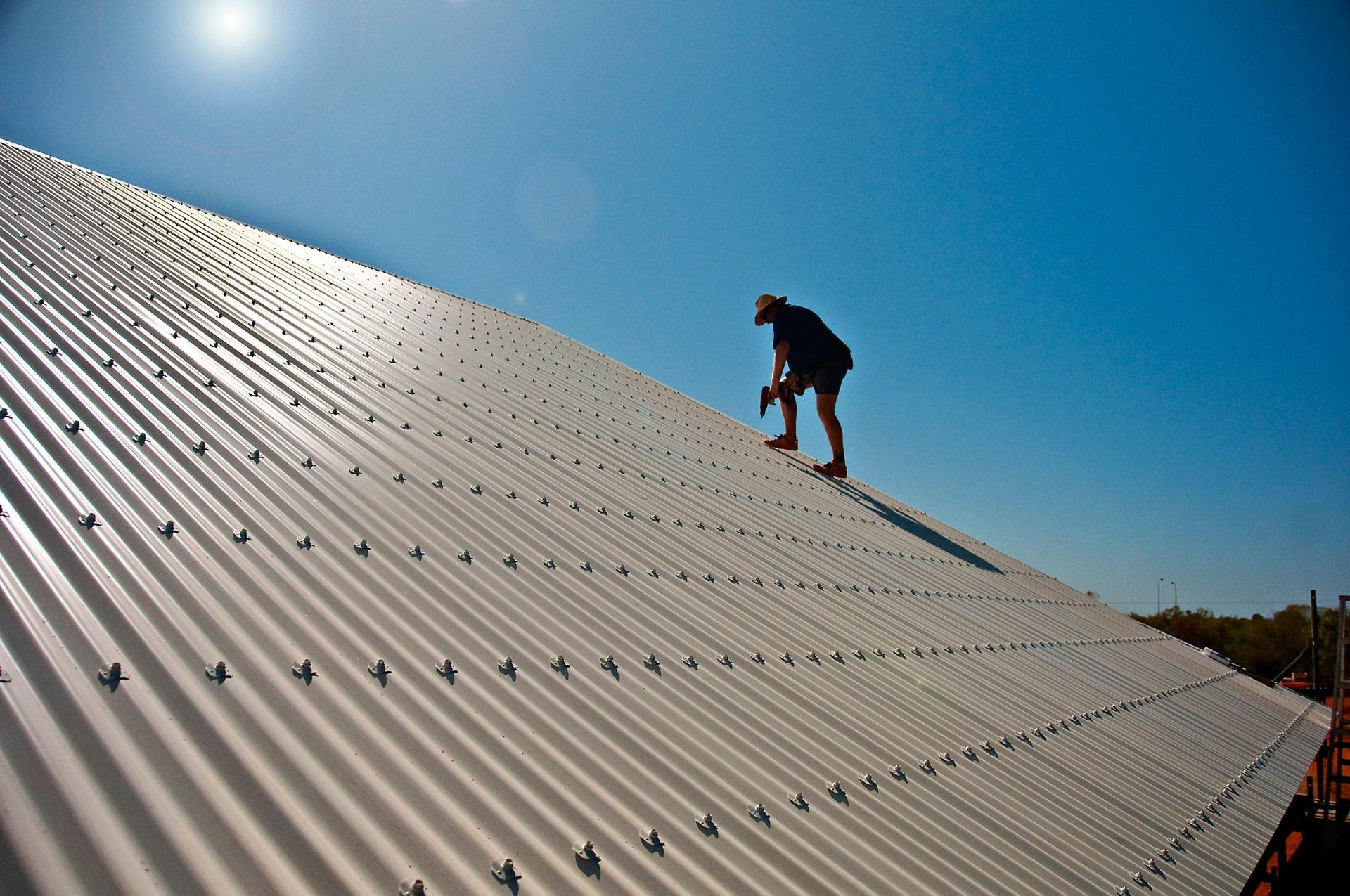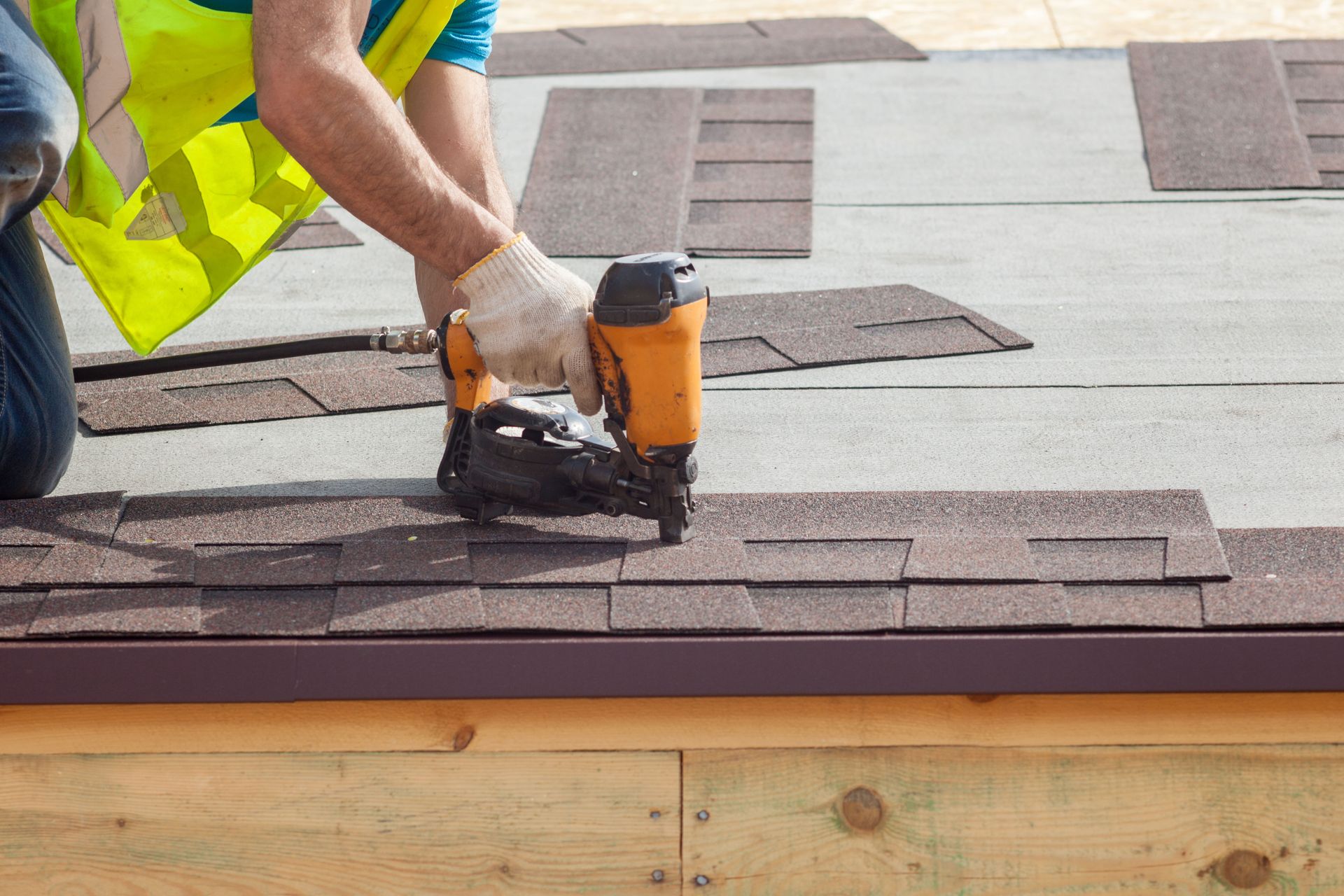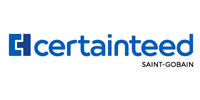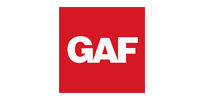November 6, 2025
A well-designed roof is a key component of any home, providing protection, durability, and energy efficiency. Metal roofing has become a popular choice for homeowners considering roof replacement, offering a long-lasting and environmentally responsible solution. Its combination of strength, low maintenance, and sustainable features makes it a practical investment for those looking to enhance their property’s performance and value over time.
Enhancing Durability and Longevity of Metal Roofs
Metal roofs are renowned for their exceptional resilience against harsh weather conditions. Capable of withstanding intense rain, heavy snowfalls, and strong winds, they provide reliable coverage all year round. This resilience stems from the inherent strength of materials like steel and aluminum, which form a formidable barrier against environmental challenges.
The longevity of metal roofs is a compelling factor for homeowners looking for a lasting solution. According to State Farm, metal roofs can last between 40 and 80 years, offering significantly greater durability compared to traditional roofing materials like asphalt shingles. This extended lifespan translates to fewer replacements and, in turn, long-term savings. Additionally, metal roofs do not suffer from common issues like rot or insect infestation, typical of wooden roofs, thus maintaining their integrity over decades.
One of the critical benefits of metal roofs is their low maintenance requirements, which appeals to many homeowners. Unlike other materials that require regular inspections and repairs, metal roofs maintain their condition with minimal intervention, making future roof replacement less frequent and more predictable. The non-porous surface of metal prevents issues like moss growth, commonplace in materials like asphalt or wood. By reducing the time and money spent on maintenance and potential roof replacement, metal roofs present a more practical solution compared to traditional alternatives.
Metal roofs offer superior protection against severe environmental hazards, especially in regions susceptible to wildfires and lightning strikes. Their non-combustible nature gives metal roofs an edge, reflecting their inherent fire-resistant properties. In wildfire-prone areas, this resistance to ignition from flying embers can significantly reduce the risk of a house fire. Additionally, metal roofs dissipate the energy from lightning strikes due to their conductivity, minimizing damage to the structure itself. This safeguard not only preserves the building but also provides peace of mind to homeowners living in risk-prone regions.
Warranties offered on metal roofs often go beyond those for other roofing materials, underscoring their reliability. Such guarantees reflect a strong commitment by manufacturers to the quality and performance of their products. Homeowners benefit from this assurance, as any manufacturing faults or unacceptable degradation of the roof over time can be addressed under these agreements. Consequently, metal roofs are not just about immediate benefits but also encompass future security against potential problems.
Improving Energy Efficiency and Environmental Impact
Metal roofs possess highly reflective properties that significantly enhance their energy efficiency. By reflecting solar heat, these roofs can reduce cooling needs and help maintain comfortable indoor temperatures. This reduced demand for air conditioning supports lower energy use, contributing to a more sustainable living environment. Additionally, reflective roofs can help mitigate heat buildup in urban areas, making metal roofing an environmentally friendly choice.
Beyond reflectivity, metal roofs also provide insulation benefits that help maintain a more stable internal temperature. This reduces the need for additional heating or cooling, supporting energy savings throughout the year. Homeowners undertaking a roof replacement benefit from these combined features, making metal roofs both practical and economical. These energy-efficient qualities also align with broader goals of sustainable living and conservation.
Metal roofing materials are often made from recyclable metals, which can be reused at the end of their service life. Choosing metal roofing supports sustainability through the use of durable, long-lasting materials. For homeowners looking to make environmentally conscious choices, metal roofs offer a responsible option that balances efficiency, durability, and eco-friendly practices.
Overall, metal roofs provide energy-efficient and environmentally conscious benefits. Their reflective and insulating properties help reduce energy use, while the recyclable nature of the materials supports sustainable building practices. Homeowners choosing metal roofs make a practical choice that is aligned with long-term environmental considerations.
Maximizing Cost-Effectiveness and Property Value
While metal roofs may have a higher initial cost compared to traditional alternatives, their long-term savings justify the investment. The durability and low maintenance requirements of metal roofs translate into fewer repairs and replacements over the years. This financial benefit becomes apparent over time as homeowners avoid the frequent costs associated with reroofing. Additionally, energy savings from metal roofs' thermal efficiency contribute another layer of cost-effectiveness. The initial expenditure, although potentially daunting, is tempered by these factors, making metal roofing a financially wise choice in the long run.
Installing a metal roof can positively impact the appraisal value of a home. Prospective buyers often perceive metal roofs as a premium feature due to their durability and aesthetic appeal. This perception can lead to higher offers, reflecting the roof's contribution to the overall asset value of the property. Real estate trends indicate that homes with metal roofs are often more appealing, as buyers factor in the savings on future repairs and energy costs. Consequently, a metal roof installation can be a sound investment that enhances both marketability and resale value of a property.
Considering all aspects, metal roofs offer an impressive return on investment (ROI) for homeowners. The combination of increased property value, energy savings, and reduced maintenance costs creates a compelling financial narrative. For those balancing long-term financial strategies with home improvement decisions, a metal roof replacement presents a persuasive case.
Addressing Common Concerns and Misconceptions
One common misconception about metal roofs is that they are excessively noisy during rainstorms. Although this may have been true for early installations, modern metal roofs incorporate underlayments and insulation that significantly reduce noise. By minimizing direct contact with the roof deck, these advancements dampen the sound of rain to levels comparable with other roofing materials. Homeowners can rest assured that today's metal roofs do not contribute to heightened noise disturbances, debunking this pervasive myth. Furthermore, manufacturers continue to refine installation techniques to further suppress any potential noise concerns.
Contrary to some beliefs, metal roofs do not pose undue weight stress on a home's structure. In fact, metal roofing materials are often lighter than traditional options, such as tile or concrete. This lightweight nature simplifies installation and reduces the need for additional structural supports, making metal roofs a conducive choice for various home types. Additionally, the reduced weight lessens the overall structural load, enhancing a building's stability and longevity during seismic activities. By dispelling weight-related myths, metal roofs emerge as accommodating to both new builds and reroofing projects alike.
The perceived high cost of metal roofs is often cited as a deterrent, yet this overlooks their long-term economic advantages. While initial investments may be higher than materials like asphalt shingles, the reduced maintenance costs and extended lifespan of metal roofs present better financial value over time. When accounting for energy savings and potential insurance discounts, the overall cost of ownership for metal roofs becomes more competitive. Educating consumers on these comprehensive financial benefits is essential for overcoming misconceptions. In essence, metal roofs provide a sustainable investment that aligns with sound economic and environmental strategies.
Choosing a metal roof replacement offers long-term benefits, including durability, energy efficiency, and minimal upkeep, while supporting environmentally conscious living. Homeowners can enjoy peace of mind knowing their investment will last for years and provide practical savings on energy and maintenance. For expert installation and guidance on selecting the right metal roofing solution, rely on Cornerstone Roofing & Home Improvements to deliver quality craftsmanship and reliable service every step of the way.
